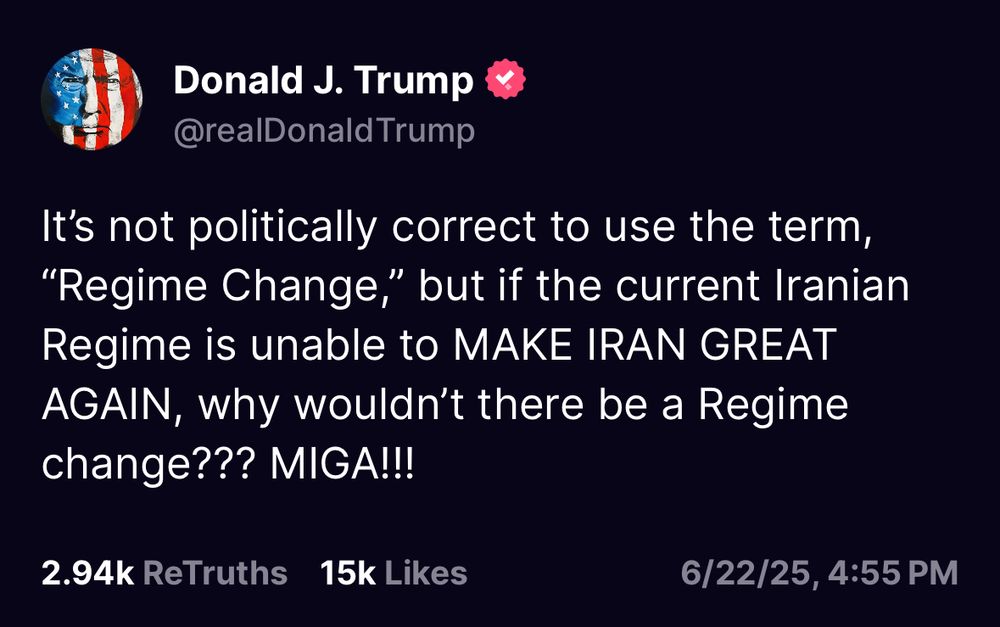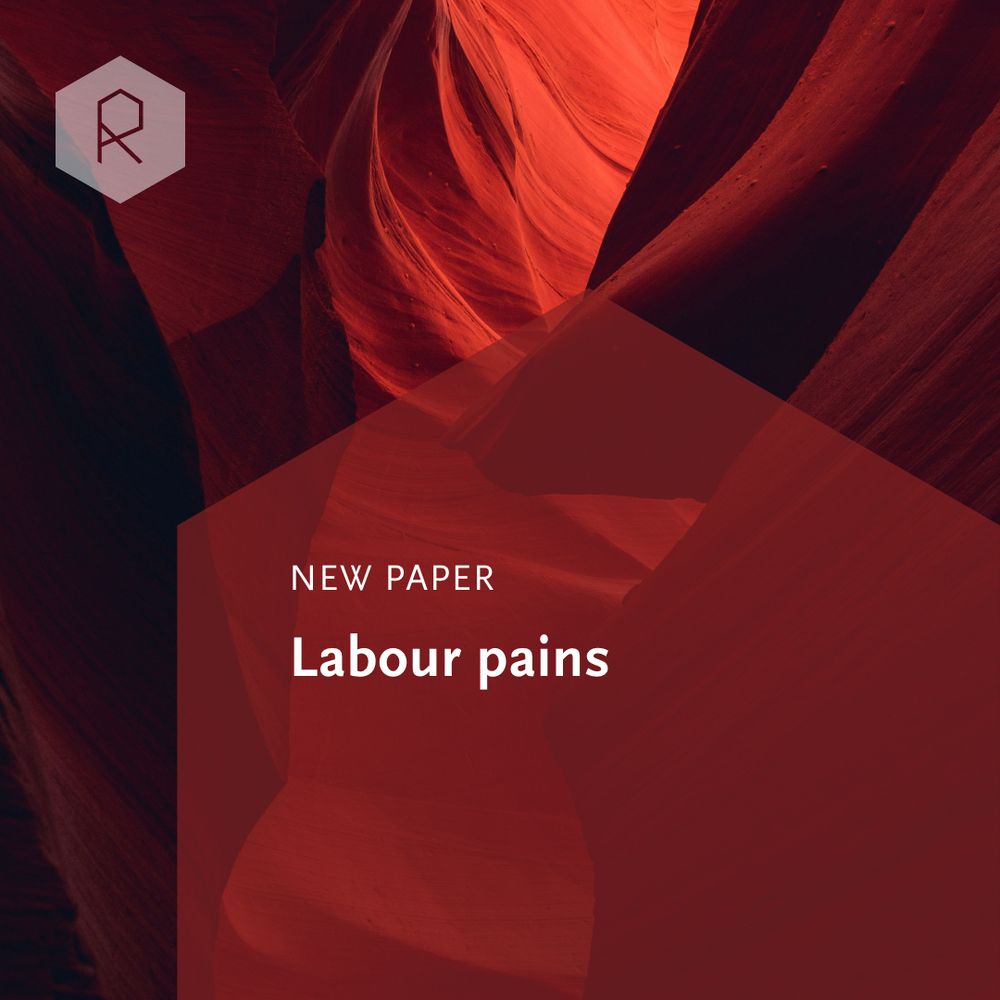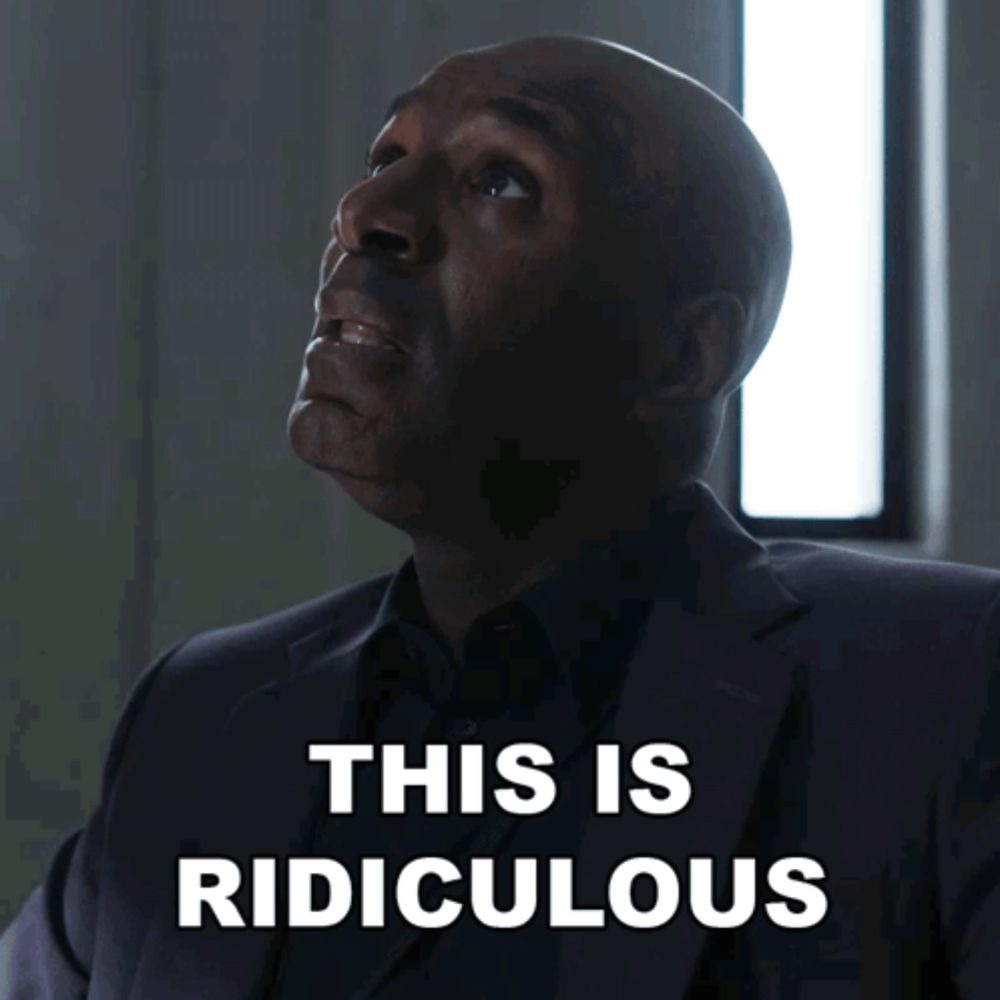

Not the best way to complain about platforms and regain 'trust in media', this panacea that will solve all of our problems...

Not the best way to complain about platforms and regain 'trust in media', this panacea that will solve all of our problems...
EurOMo provides a database of the most relevant EU media outlets and their owners. We are launching the 2025 data and new search engine:
🗓️ Thursday, 6 Nov 2025
🏫 Press Club Brussels Europe
Join us in the event! Registration form and more infos here: media-ownership.eu.

👉 Accommodating the radical right on immigration doesn’t win back voters.
👉 It alienates the progressive base.
👉 And it raises the salience of the very issue the radical right owns.
In short: it’s electoral self-harm.

👉 Accommodating the radical right on immigration doesn’t win back voters.
👉 It alienates the progressive base.
👉 And it raises the salience of the very issue the radical right owns.
In short: it’s electoral self-harm.
Mariia Aleksevych and I just published a new open-access article in Media and Communication @cogitatiomac.bsky.social with a methodological proposal: www.cogitatiopress.com/mediaandcomm...

Mariia Aleksevych and I just published a new open-access article in Media and Communication @cogitatiomac.bsky.social with a methodological proposal: www.cogitatiopress.com/mediaandcomm...
bit.ly/buchbeitrag_...
@nomosverlag.bsky.social @jotbox.bsky.social @talestomaz.bsky.social

bit.ly/buchbeitrag_...
@nomosverlag.bsky.social @jotbox.bsky.social @talestomaz.bsky.social
HEGSETH: "This mission was not and has not been about regime change."
RUBIO: Regime change is "certainly not the goal of what we're working on here."
TRUMP:



A lot of people aren’t using AI. A lot of people started using it because they feel cultural pressure, but they would happily walk away from it.
A lot of people aren’t using AI. A lot of people started using it because they feel cultural pressure, but they would happily walk away from it.
Read: doi.org/10.14763/2025.1.1831

Read: doi.org/10.14763/2025.1.1831


shorturl.at/mg58S

shorturl.at/mg58S
Apply by April 30, 2025 for the DCLead Salzburg School: “Digital Communication and Sustainable Societies” (September 29 - October 2, Puchberg, Austria).
🎓 It is conducted in English and grants 5 ECTS credits.
Find more information and apply here 🔗 dclead.eu

Apply by April 30, 2025 for the DCLead Salzburg School: “Digital Communication and Sustainable Societies” (September 29 - October 2, Puchberg, Austria).
🎓 It is conducted in English and grants 5 ECTS credits.
Find more information and apply here 🔗 dclead.eu
A useful exercise is to ask why the left is also worse at selling snake oil and pyramid schemes, because I think the reasons are basically exactly the same.
A useful exercise is to ask why the left is also worse at selling snake oil and pyramid schemes, because I think the reasons are basically exactly the same.
Then I received an email that the editors can't publish the paper unless I "remove the case study/examples of the United States" (1/x)
#CivMilSky


AI models age like milk and the infrastructures left behind won't be ones that are helpful for democratic societies.

AI models age like milk and the infrastructures left behind won't be ones that are helpful for democratic societies.

pscrb.fm/rss/p/www.bu...
pscrb.fm/rss/p/www.bu...
Gehälter des mittleren ORF-Managements unverständlich: "Würde ich ändern"
Warner Bros. Discovery-Manager im STANDARD-Gespräch: www.derstandard.at/story/300000...

Gehälter des mittleren ORF-Managements unverständlich: "Würde ich ändern"
Warner Bros. Discovery-Manager im STANDARD-Gespräch: www.derstandard.at/story/300000...

